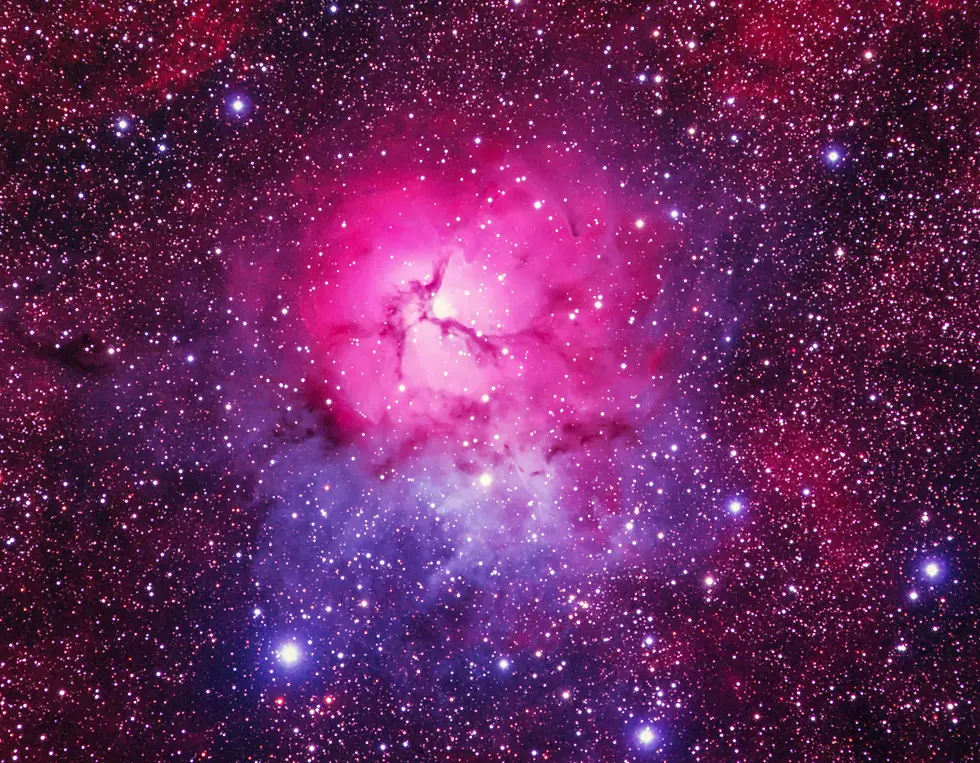What's Up? April 2025
- Chris Baker
- Apr 6
- 2 min read
Each month I highlight a few objects you can spot in the night sky without the need for optical equipment.
We have a meteor shower this month as the Lyrids return to a piece of sky near you!
Planets
The planets are not putting on quite the show they have been over the past few months, but Mars and Jupiter are still prominent.
Mercury
Too difficult this month
Venus
Possible to glimpse as a low-lying morning object right at the end of the month.
Mars
The red planet remains well placed for observing throughout April, initially amongst the stars of Gemini and then later in the month, Cancer. It is beginning to fade though so make your observations this month!
Mars mid evening - mid month - in the south west

Courtesy of Stellarium
Mars relative to the two prominent stars of Gemini - Castor and Pollux

Courtesy of Stellarium
Jupiter
The king of planets has put on a magnificent display over the past few months but this is slowly coming to an end - for the time being. However the bright planet is visible all month in the early evening sky -although best observed in the first few weeks of the month rather than right at the end.
Jupiter mid month mid evening - close to Betelgeuse, (red) Aldebaran (red) and Pleiades!

Courtesy of Stellarium
Saturn
The planet will only just be visible in the pre dawn sky at the end of the month. Probably unobservable until May.
METEOR SHOWER ALERT
This month sees the return of the Lyrid meteor shower.
What is a Meteor? Before we delve into the specifics of the Perseid meteor shower, it's important to understand what a meteor is. A meteor, often referred to as a "shooting star," is a streak of light that appears when a meteoroid – a small rocky or metallic body – enters Earth's atmosphere and burns up due to friction with the air. The result is a brilliant and fleeting streak of light across the sky.
Peak Dates: Night of April 21st into the early morning of April 22nd, 2025
Active Period: April 16–25
Peak Rate: Around 10–20 meteors per hour under dark skies, though sometimes there are brief outbursts
Origin: Debris from Comet C/1861 G1 Thatcher
Meteor Speed: Fast, around 49 km/s, often leaving glowing trails
Radiant: Appears to originate near the bright star Vega, in the constellation Lyra
The bright star Vega in the North East mid evening

Courtesy of Stellarium
Best Time to Watch:
After midnight and especially just before dawn on April 22nd
Where to Look:
Face north east , and look high up in the sky - but don't worry too much about the precise direction as they appear all over!
You don't need a telescope or binoculars — naked eye viewing is best
Viewing Tips:
Find a dark location away from city lights
Allow your eyes to adjust to the dark for15 minutes
Lie back or use a reclining chair for a wide field of view
And don't forget to make a wish when you see one!
.png)



Comments